Six months ago, sophomore Jasmine Choi moved from Korea. Moving wasn’t easy for Choi, as she left her accustomed lifestyle to venture into a new environment, which brought the new challenge of maintaining her cultural identity.
In light of Cultural Diversity Day, a day celebrated annually on May 21 in celebration of world diversity, Choi and other students at this school explore how they maintain a distinct connection to their heritage through food while in America. Choi said that over the past six months, from the shows she watches to the language she speaks, food has been a primary way of connecting with her culture while she explores America.
“America was really so different from Korea in so many ways,” Choi said. “It’s not just my friends or my house that’s had a lot of changes, the culture here is just very different from what I was used to in Korea. Food is definitely one of the bigger differences that I know. I still watch some Korean movies and I message my friends in Korean, but I think food is a big part of [maintaining] my Korean side in America.”
Choi said her biggest obstacle to living in America is the schools. She said she was used to having the same class as her classmates for the whole year in Korea, and differences such as changing classrooms each period and the size of the school were hard concepts to adapt to.
“Lunch here is really different as well,” Choi said. “If I compare lunch menus in Korea and CHS, [in Korea] they always have a set of rice and a soup with three dishes, but here we get to choose [our entrees] and our dishes. I am still getting used to food here in America because the food here is kind of a lot saltier compared to Korea. There’s term called neukki (느끼) which is like a mixture of oily and salty which you can usually use to describe anything. When there’s something too neukki I can’t really eat it too much.
“I feel like, because my palate is more adjusted to Korean food, American food here is really neukki,” she added. “I mostly eat pasta, chicken or the sushi from the international section here, but I don’t really want to eat the pizza because to me it’s too neukki.”
CHS cafeteria manager Geneaster Ortiz explained that lunch options and functionality depended on student preferences. Menu options get assessed each semester according to sales, which change each year.
Ortiz said that lunch at this school is catered more toward American comfort style foods. Ortiz said that compared to lunch in Korea, which may cater to preferences such as rice, she noticed pasta is preferred in CHS. While she said she would like to introduce culturally diverse foods to the cafeteria, options depend on sales and dietary restrictions.
“In Asian culture, rice is more prominent whereas kids here want pasta,” Ortiz said. “Pasta sells really well here in the kitchen; it’s crazy, every other day there’s something with pasta in it. That’s what we found and that’s what the kids want so that’s what we’re selling. Pasta here is a sort of comfort food, and [what we sell] all depends on the culture of food. So like kids in, say, Korea might like rice as comfort food, which is why lunch options are different.”
While options at school may not cater to Choi’s preferences, said she is still able to find deep connections to her cultural background through food at home. At home, Choi said she primarily eats food similar to that of Korea’s.
“My parents mostly cook at home now,” she said. “They like cooking, [but] we didn’t cook as much in Korea because the deliveries there were really good; now in America we usually just make our own food which is like a flavor of home.”

Ortiz said the students she observed who brought lunch to school often did so due to dietary restrictions or the desire to eat something that caters toward their preferences. She said she hoped one day the cafeteria would be more open to more options that students can enjoy.
“I would love for kids to come here and eat, but I get it. Prior to COVID, more kids would have been eating in the cafeteria and they don’t now. We [also] have kids who have allergies, and they just can’t,” she said. “Or kids with different cultural backgrounds who might want to have a taste of their home here. I’ve seen kids who come in with food that’s left over from the night before, and that’s fine. I wish we could bring in more cultural diversity, but we have to still cater to what’s the most popular to the general student population here at CHS.”
Junior Aneesha Singh is a student who eats school lunch. While she buys lunch at school, Singh also eats Indian food at home.
“My favorite dish is probably rice and daal,” she said. “We make our own food at home, and both my parents cook.”
Singh said she eats a variety of Indian cuisine over the week. She said due to the nature of her surroundings like her peers and environment, eating Indian food is one of the main ways she feels she maintains a strong cultural connection.
“I feel like food is definitely one of the ways I can stay connected to my culture especially since I’m really always spending my time here in the states. Being surrounded by other Americans [makes it] kind of hard to connect to my culture in places that I am often in, such as at school or just not at home,” Singh said. “Food definitely holds a lot of these memories for me, and it could be a really good way for me to connect back to my roots.”
Choi said food is a big part of Korean culture which, similar to Singh, she also holds a lot of memories for. Choi said she recollected many memories regarding Korean food. Whether it may be in the afternoon after school ended or at night when her extra cram school classes are over, Choi said she could find a food stall within minutes of walking distance.
“So [in the] academies in Korea, we used to end at like 10 p.m. so whenever I was walking home there always a lot of food stands, and I could go grab some tteokbokki (떡볶이) or some fish cakes while I was heading home,” she said. “I had a lot of memories with the food stands actually because they would always be around the streets, and my friends and I would go a lot after school.”
Tteokbokki is a Korean dish consisting of rice cakes, fishcakes, a spicy sauce and sometimes noodles. Choi said tteokbokki is her favorite dish.
“I remember in Korea, I was [used to] eating it once or twice a week, since there were a lot of tteokbokki places in Korea,” Choi said. “I don’t usually have many chances to eat tteokbokki here, which is kind of sad.”















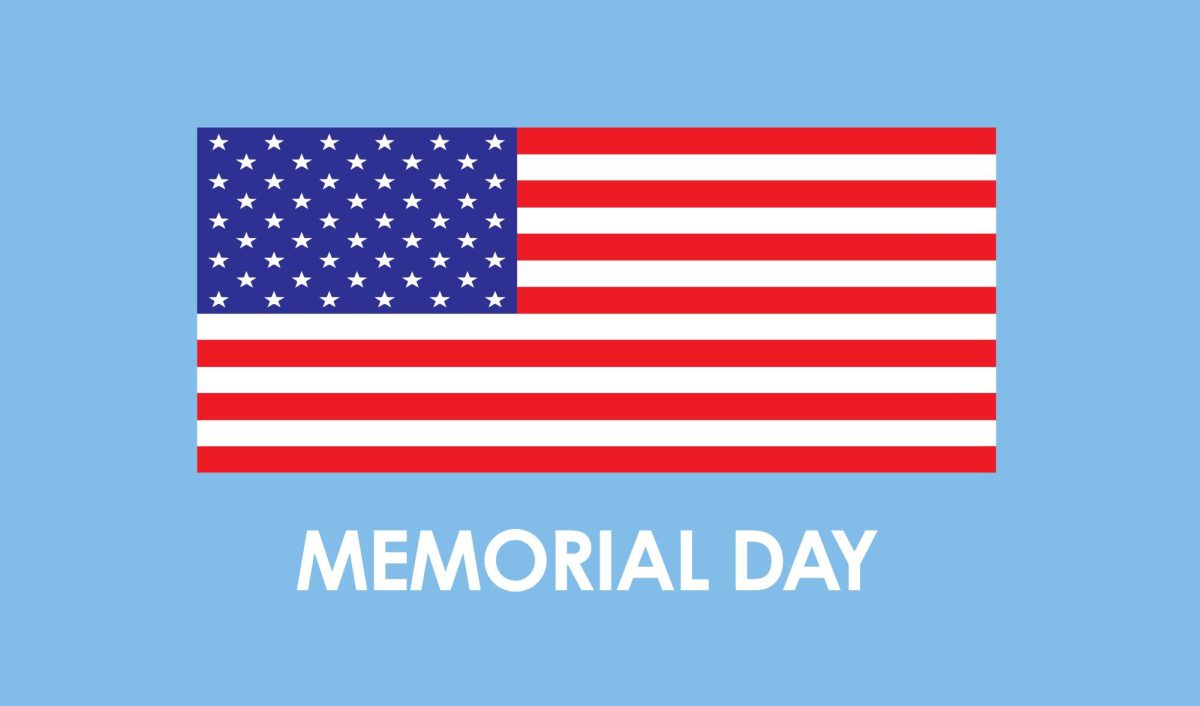

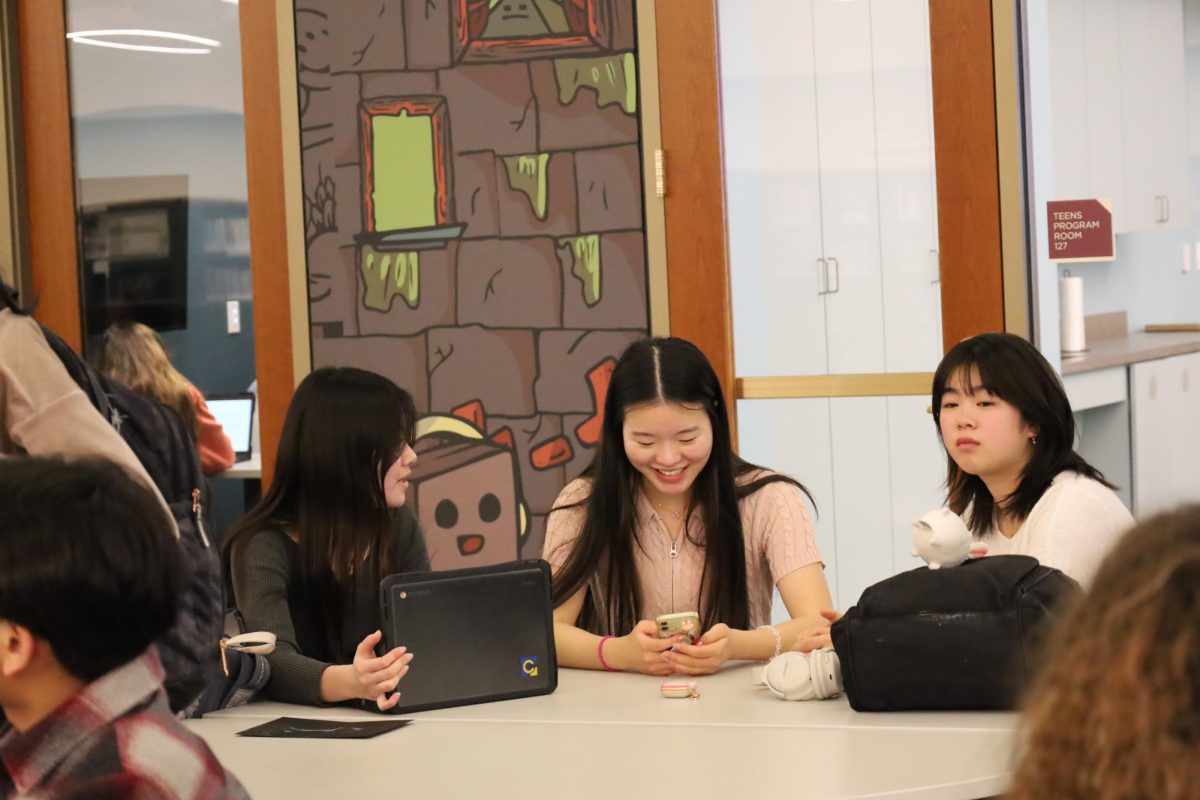
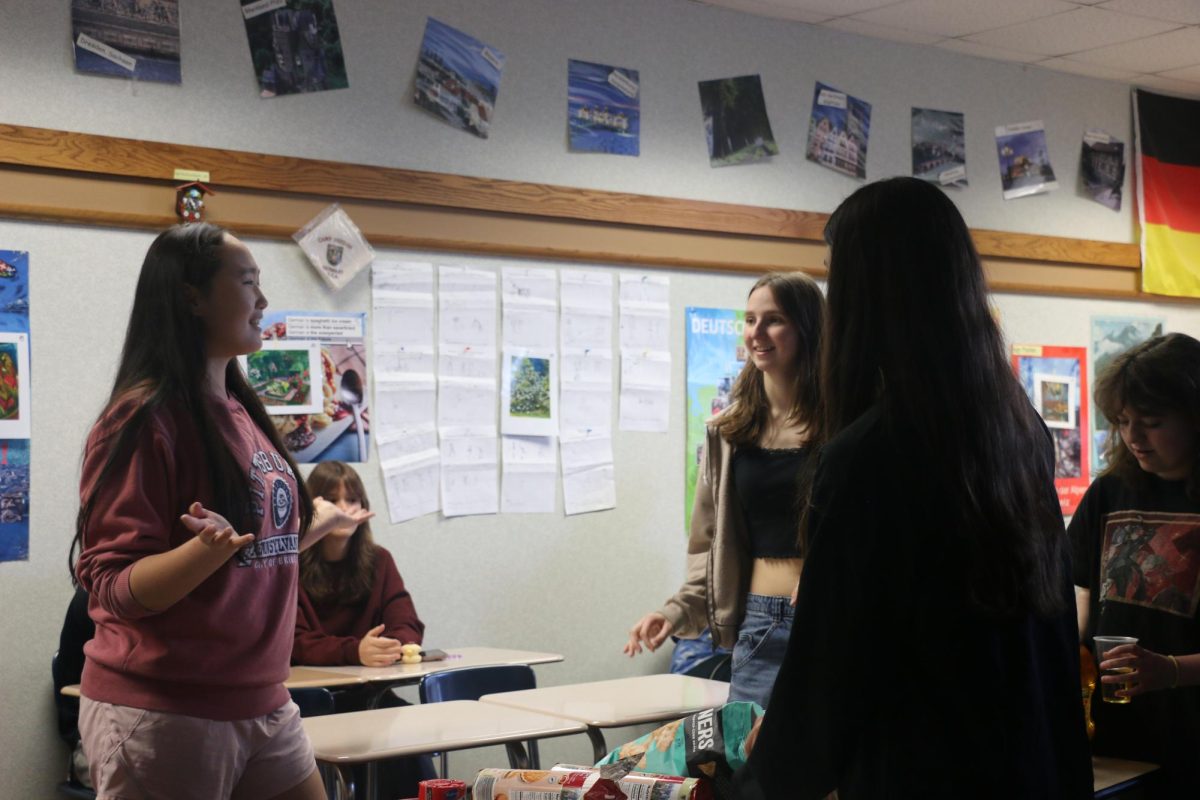

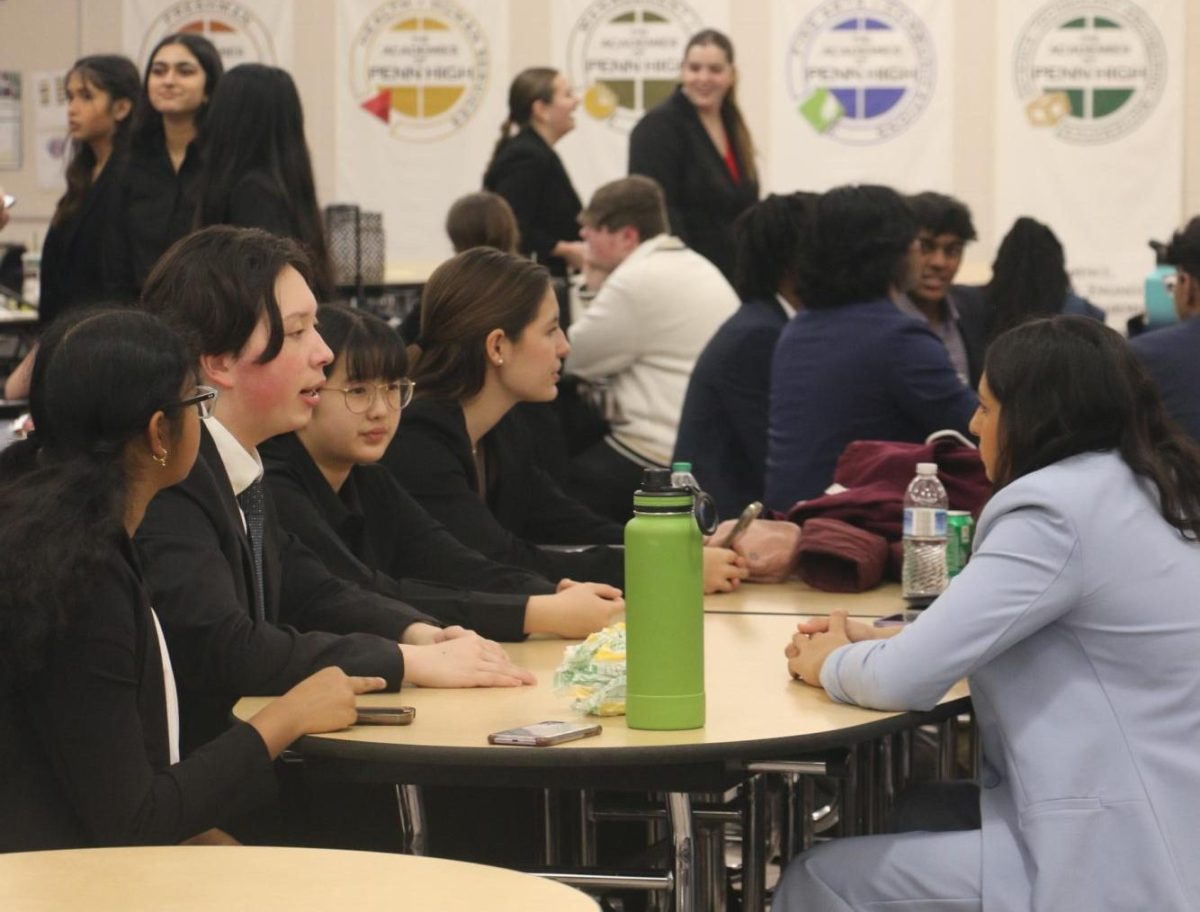




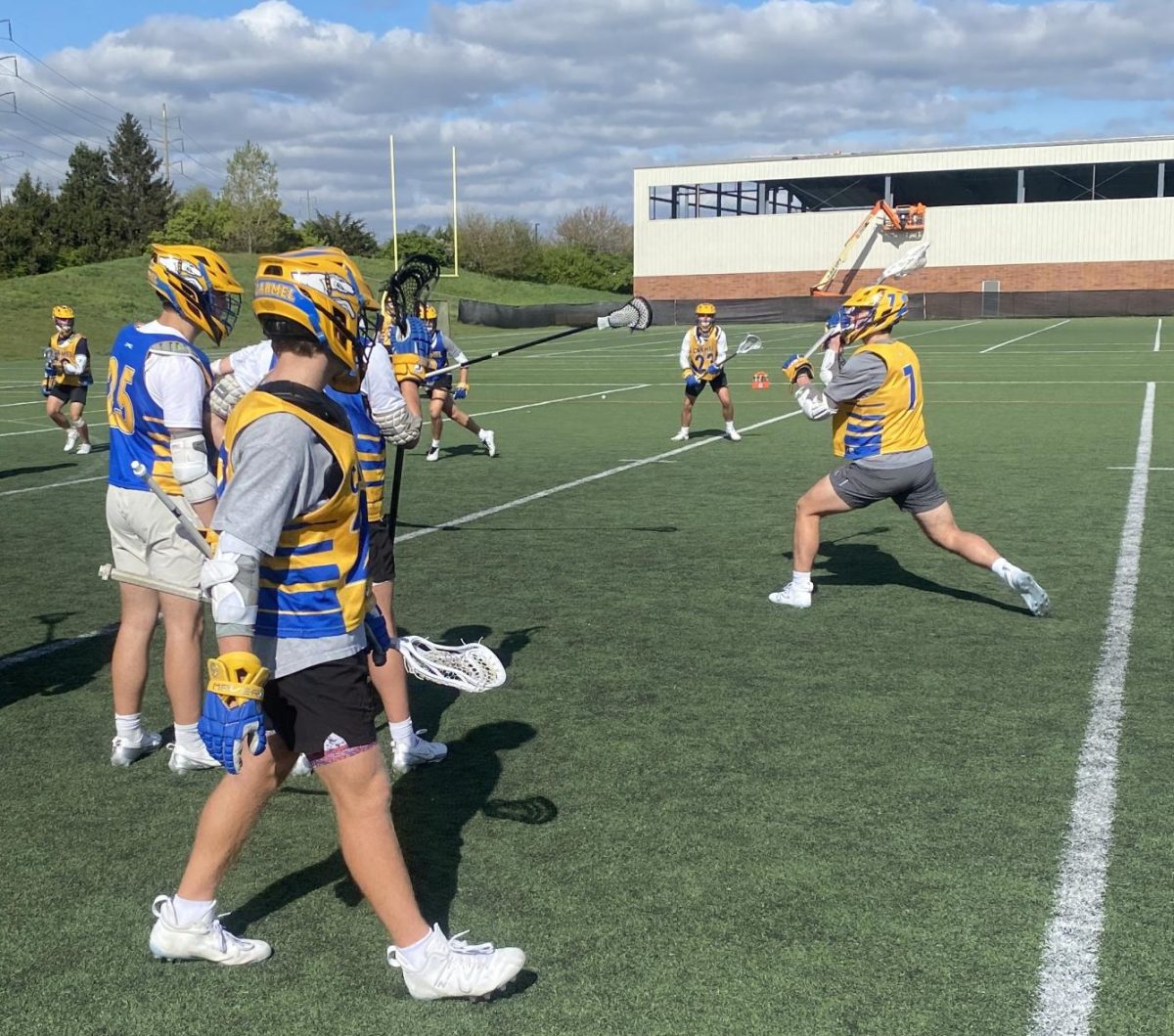




![Family vlogger controversy, need for content reform [opinion]](https://hilite.org/wp-content/uploads/2024/05/Screenshot-2024-05-14-11.33.37-AM-1200x465.png)






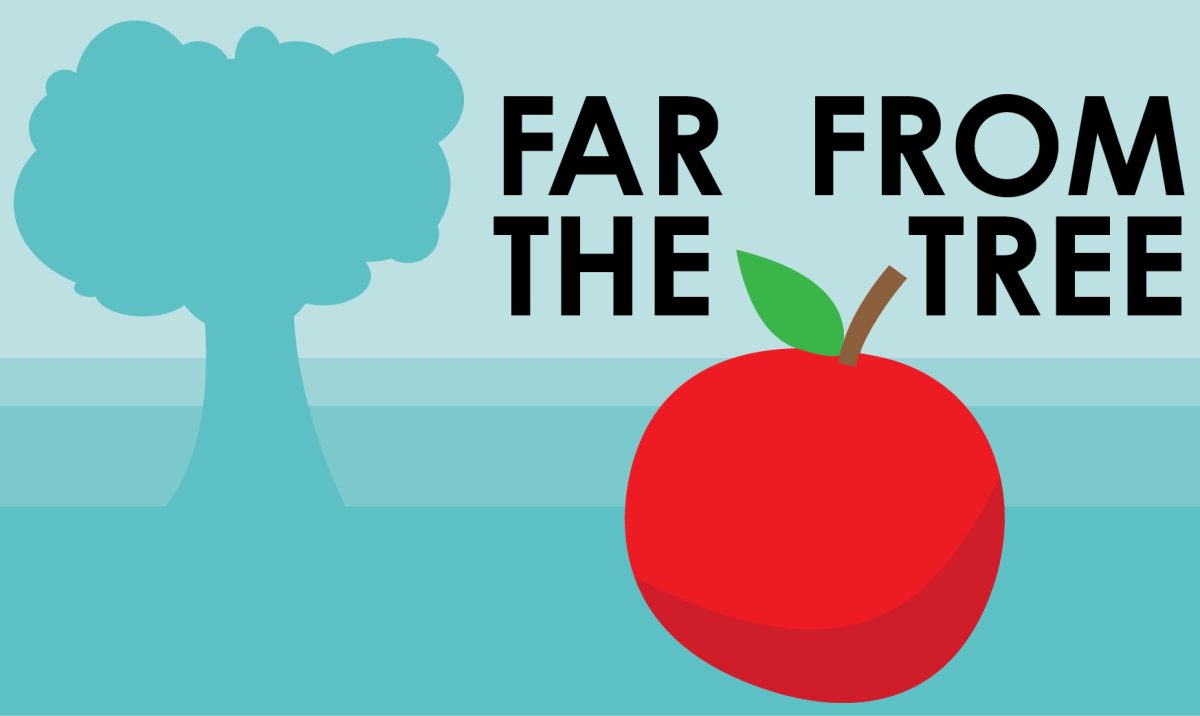
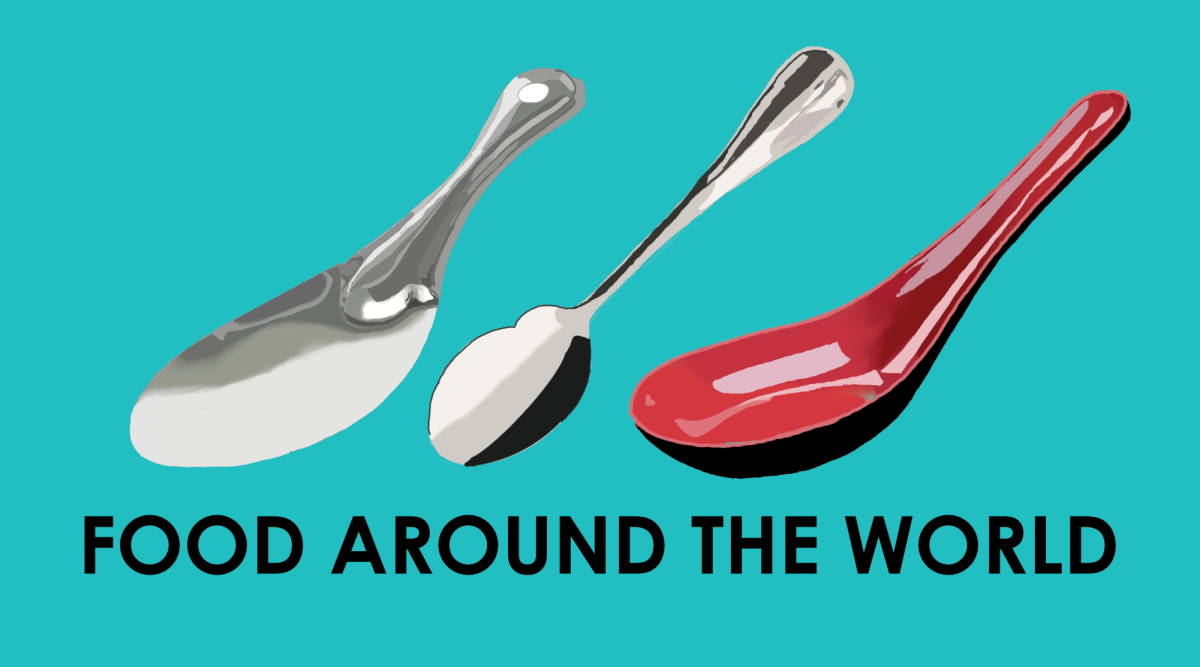
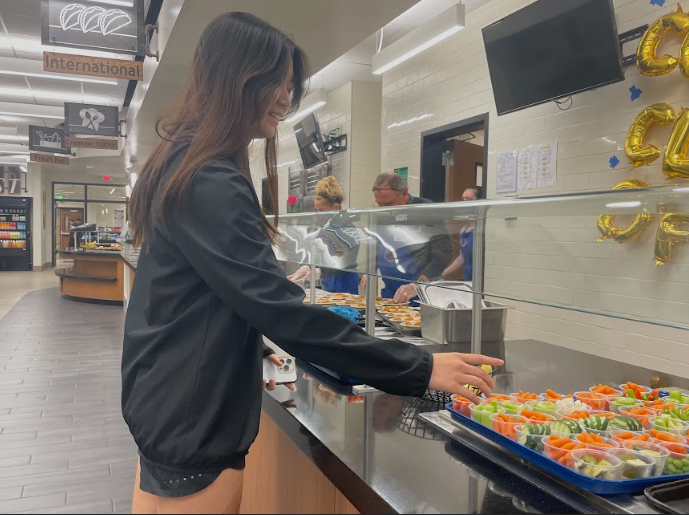
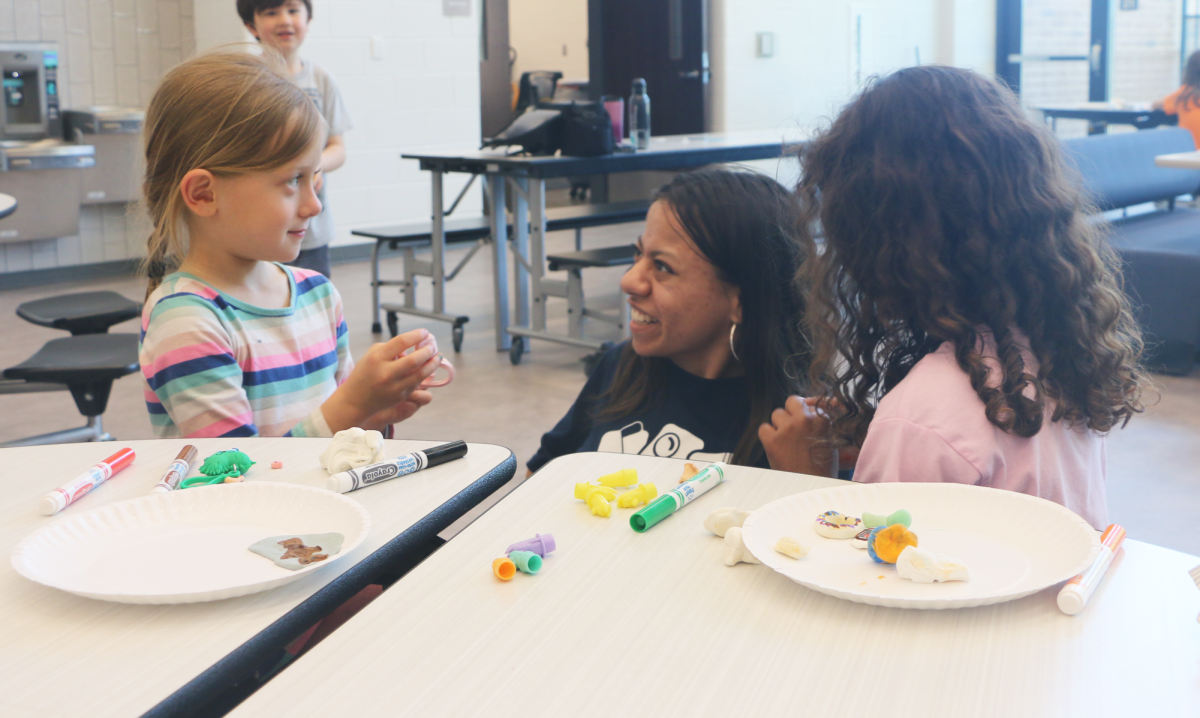


















![Review: Taylor Swift’s new album The Tortured Poets Department is not her best work but is still a brilliant album [MUSE]](https://hilite.org/wp-content/uploads/2024/05/The-Anthology_Cover-1200x675.webp)
![Review: Challengers does it all [MUSE]](https://hilite.org/wp-content/uploads/2024/05/challengers-poster-1200x600.png)
![Review: A House of Flame and Shadow by Sarah J. Maas was a disappointing read [MUSE]](https://hilite.org/wp-content/uploads/2024/05/house-of-flame-and-shadow-feature.png)
![Review: Conan Gray’s new album, “Found Heaven”, is a refreshing twist on modern music [MUSE]](https://hilite.org/wp-content/uploads/2024/05/Screenshot-2023-10-31-at-16.01.05.webp)
![Review: “Bodies, Bodies, Bodies” is the quintessential Gen-Z movie [MUSE]](https://hilite.org/wp-content/uploads/2024/05/Screenshot-2024-05-15-140618.png)
![Review in Print: Maripaz Villar brings a delightfully unique style to the world of WEBTOON [MUSE]](https://hilite.org/wp-content/uploads/2023/12/maripazcover-1200x960.jpg)
![Review: “The Sword of Kaigen” is a masterpiece [MUSE]](https://hilite.org/wp-content/uploads/2023/11/Screenshot-2023-11-26-201051.png)
![Review: Gateron Oil Kings, great linear switches, okay price [MUSE]](https://hilite.org/wp-content/uploads/2023/11/Screenshot-2023-11-26-200553.png)
![Review: “A Haunting in Venice” is a significant improvement from other Agatha Christie adaptations [MUSE]](https://hilite.org/wp-content/uploads/2023/11/e7ee2938a6d422669771bce6d8088521.jpg)
![Review: A Thanksgiving story from elementary school, still just as interesting [MUSE]](https://hilite.org/wp-content/uploads/2023/11/Screenshot-2023-11-26-195514-987x1200.png)
![Review: When I Fly Towards You, cute, uplifting youth drama [MUSE]](https://hilite.org/wp-content/uploads/2023/09/When-I-Fly-Towards-You-Chinese-drama.png)
![Postcards from Muse: Hawaii Travel Diary [MUSE]](https://hilite.org/wp-content/uploads/2023/09/My-project-1-1200x1200.jpg)
![Review: Ladybug & Cat Noir: The Movie, departure from original show [MUSE]](https://hilite.org/wp-content/uploads/2023/09/Ladybug__Cat_Noir_-_The_Movie_poster.jpg)
![Review in Print: Hidden Love is the cute, uplifting drama everyone needs [MUSE]](https://hilite.org/wp-content/uploads/2023/09/hiddenlovecover-e1693597208225-1030x1200.png)
![Review in Print: Heartstopper is the heartwarming queer romance we all need [MUSE]](https://hilite.org/wp-content/uploads/2023/08/museheartstoppercover-1200x654.png)






















![Review: “Ginny & Georgia” is a dramatic and poorly made emotional rollercoaster–and I loved it anyway [MUSE]](https://hilite.org/wp-content/uploads/2024/03/ginny-and-georgia-season2-main-be37bbb9487a41e88b3f66c3baacd5c3-300x177.jpg)
![Review: Witch Hat Atelier is a masterpiece in art and world-building, but the story has only begun [MUSE]](https://hilite.org/wp-content/uploads/2024/01/unnamed-211x300.png)
![Review: “Mysterious Lotus Casebook” is an amazing historical Chinese drama [MUSE]](https://hilite.org/wp-content/uploads/2024/03/0-300x170.webp)
![Review: “A Little Life” by Hanya Yanagihara is the epitome of a heartwrenching masterpiece [MUSE]](https://hilite.org/wp-content/uploads/2024/01/unnamed-5-300x200.png)

